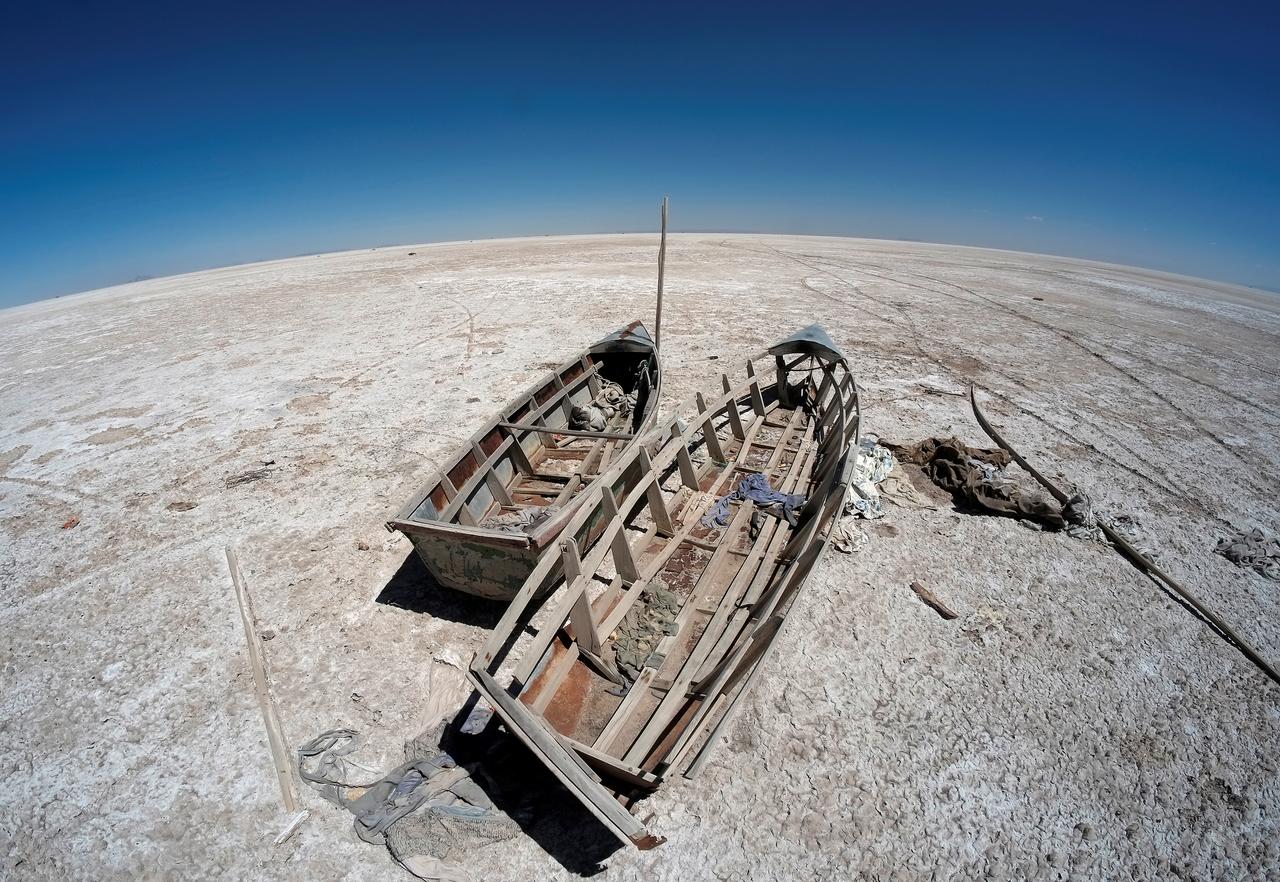
Poverty trap can be understood by the following example. Let’s assume a worker’s wage is Rs10,000 and he has two children of school-going age. He spends Rs3,000 on house rent and Rs2,000 on utilities. The cost of food and clothing is Rs2,000 per month. The remaining amount is spent on his transportation and the children’s school fee. Suddenly the government increases the prices of utilities due to a financial crisis, increasing the worker’s expenditures on food and utilities from Rs3,000 to Rs5,000. Now, the worker cannot go to work since he cannot save enough money to cover his transportation costs. He also cannot save enough to send his children to school, limiting their education, their chances to secure a better job in the future and improve the family’s income. As a result, the family grows poorer and is caught in a poverty trap.
Climate change is also directly linked to the poverty trap in developing and underdeveloped countries. Many adverse impacts of climate change directly impact the poor. The unpredictable rain and flood patterns destroy the crops of poor farmers, thus affecting their income. They cannot earn enough profit to fulfil their needs and grow crops for the next season. In order to secure basic living necessities for their survival, they are left with no other option than to spend their savings, if they have any. Thus, they spiral into a poverty trap.
Similarly, many health problems are caused by climate change disasters like malaria and diarrhoea, which arise in flooded areas. Many skin and respiratory diseases are caused by smog. Poor families in such places have to use their savings or sometimes borrow money to meet health expenditures. Labourers earning daily wages cannot retain work due to failing health thus becoming vulnerable to poverty.
In order to avoid calamities due to melting glaciers, famines and floods in developing and underdeveloped countries, mass migrations cause people to move to new places. The poor are often unable to earn enough and face problems in settling, hence continue in poverty.
Innovative thinking and strategies can minimise the loss the poor incur. There are a number of policy interventions that can be launched to help the poor avoid this poverty trap at the mitigation and adaptation level. Schemes such as insurance can be introduced to cover the financial and health loss due to climate-related disasters, including the loss of cash crops due to flooding. In case of a disaster, affected families could be compensated through cash transfer or provided a subsidy on fertilizers, seeds and sprays to grow new crops.
Moreover, the government should take initiatives to teach adaptive techniques to farmers. If rain patterns are regularly delayed in a particular area, farmers should grow crops according to the new pattern. In case of less rains, farmers can grow crops which require less water like soya beans, to have a maximum crop yield.
Similar insurance systems can work for health issues caused by climate change and support mass immigration to rehabilitate people in new places.
Published in The Express Tribune, October 31st, 2019.
Like Opinion & Editorial on Facebook, follow @ETOpEd on Twitter to receive all updates on all our daily pieces.
1731570357-0/elon-musk-(1)1731570357-0-405x300.webp)
-(1)1717678110-0/Kendrick-(1)-(1)1717678110-0-165x106.webp)










COMMENTS
Comments are moderated and generally will be posted if they are on-topic and not abusive.
For more information, please see our Comments FAQ